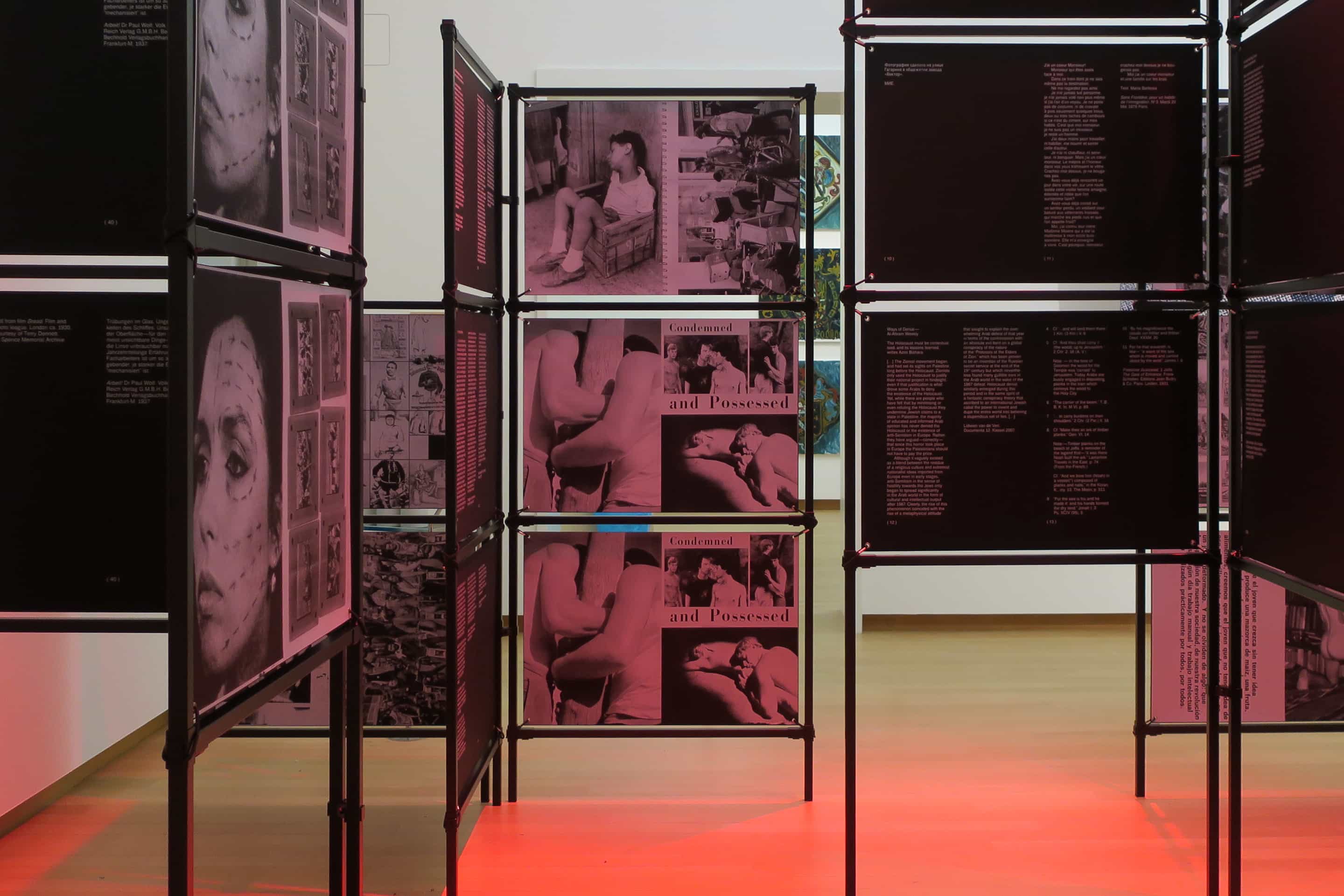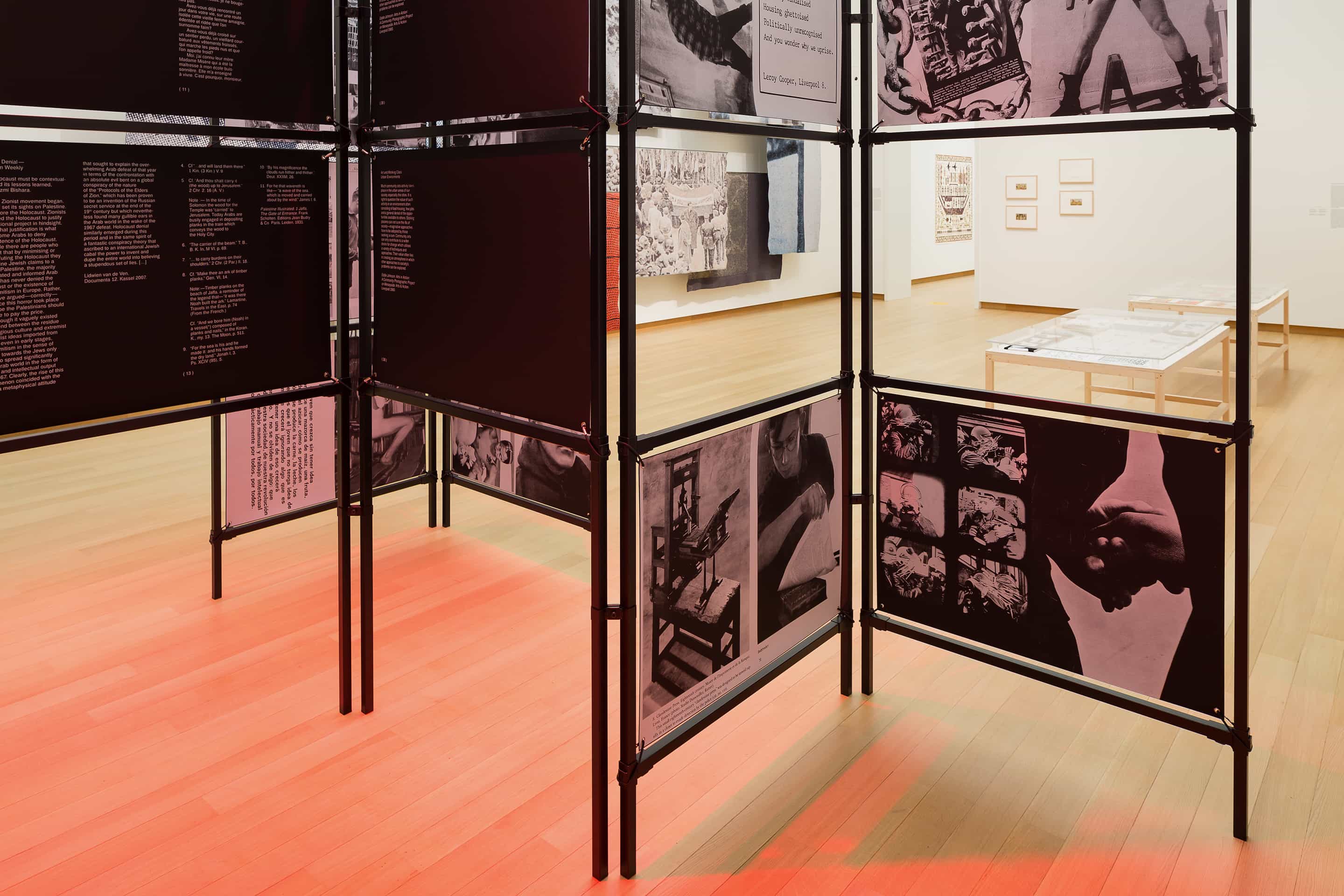A GESTURAL HISTORY OF THE YOUNG WORKER, PRINT PUNCH
2023

For pricing or other inquiries contact us.







For pricing or other inquiries contact us.




























































Punch cards are paper cards that contain holes that represent computer data and instructions. They were a widely used means of inputting data into early computers. These cards were fed into a card reader connected to a computer, which converted the sequence of holes into digital information.
Test prints that were generated during the printing process of A GESTURAL HISTORY OF THE YOUNG WORKER (2019), an installation by Werker, are invalidated by punch holes. While the original documents lose their didactic function, other forms of value appear in the abstracted and commodified artwork.
This series of works propose a fair model for artists, communities, collectors and galleries to support each other. What if buying an artwork would be the beginning of a longer engagement with the ecology of an art practice and its community?
The artwork uses D.A.B. (Digital Art Blockchain) to ensure a fair financial redistribution model for collaborative artistic practices.
WERKER — A GESTURAL HISTORY OF THE YOUNG WORKER takes a critical look at the visualisation and representation of the body of the labourer. Werker Collective joined forces for this project with Kyrgyzstani LGBTQI+ activist and curator Georgy Mamedov. Drawing inspiration from the Worker Photography Movement of the 1920s, which saw photographers collaborating with workers and trade unions to visualise societal and political conditions from a working-class perspective, Werker Collective considers the relationship between labour and its photographic representation — in the past and in the present. The themes explored include gender, feminism, and queerness.
WERKER — A GESTURAL HISTORY OF THE YOUNG WORKER takes as its departure point the representation of the working body in the former Soviet Union (USSR), where workers were depicted with strong, athletic bodies, and resolute expressions on their faces. The USSR was also one of the countries in which the Worker Photography Movement originated. WERKER — A GESTURAL HISTORY OF THE YOUNG WORKER combines imagery from Soviet magazines, propaganda, and archives, with documents from the Werker Archief in Amsterdam. The project interrogates the normative visualisation and glorification of the worker's body, and the associated oppression of non-normative bodies.
The artwork was presented for the first time in the framework of the 5th Ural Industrial Biennial of Contemporary Art in Yekaterinburg in 2019. Due to its LGBTQ+ content, in order to conform with Russian 2013 'gay propaganda law', the project could only be displayed with an over-18 age warning—and even then, six images had to be removed from the installation because of an act of self-censorship perpetrated by the biennial director.
In 2020 the work was presented uncensored for the first time in the group exhibition In the Presence of Absence: Proposals for Municipal Art Acquisitions at Stedelijk Museum in Amsterdam. In 2022 it was shown in the exhibition The Love of Work, The Queer of Labour at Pratt Manhattan Gallery in New York, U.S.A. and Rats! Rats! Rats! The Poetic Grammar of Hacking at CaixaForum in Barcelona, Spain.


